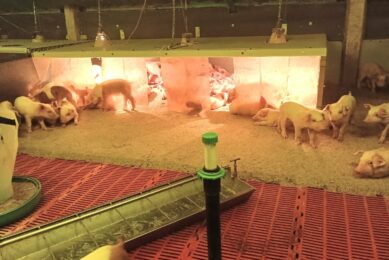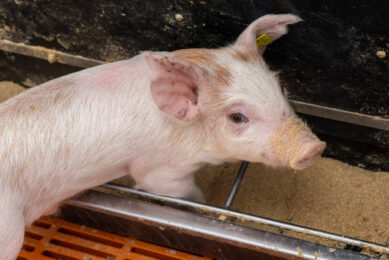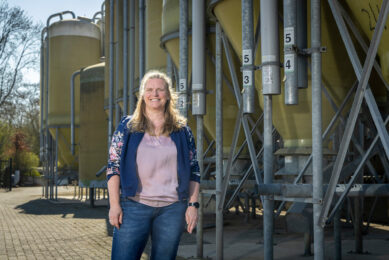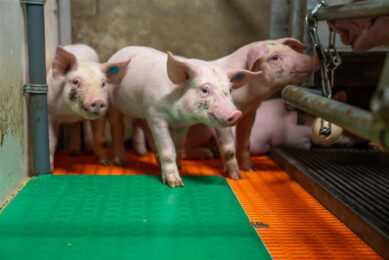Maternal behaviour affects piglet development
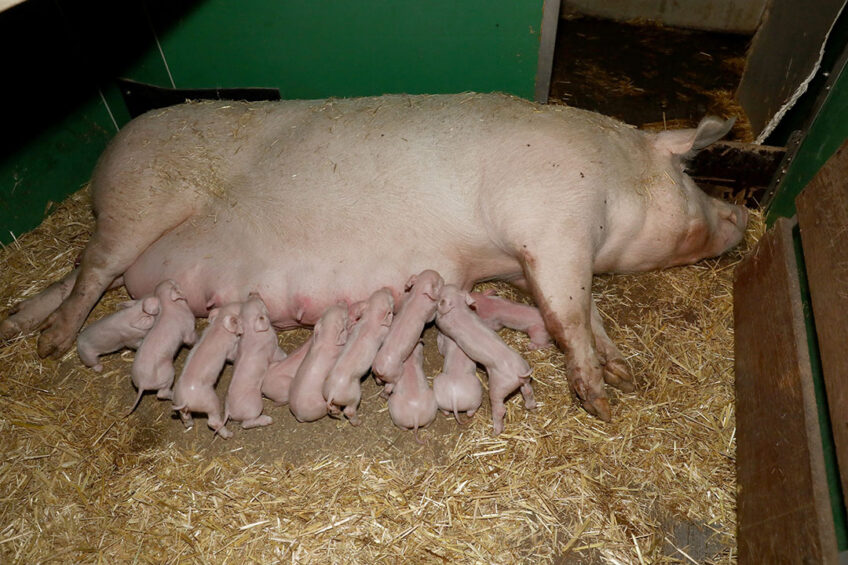
The importance of maternal care is generally overlooked in intensive pig production systems. However, researchers found that it is necessary to understand more about the physiological and behavioural aspects of maternal provisioning and how it relates to piglet development.
Sow contact is essential for piglet health, physical, and behavioural development and for stress coping abilities. However, due to the conventional use of farrowing crates and husbandry practices such as abrupt and early weaning, artificial rearing, and cross fostering the sow has little possibility to interact with her piglets. The compromised sow-piglet interaction leads to the development of abnormal behaviour. It can also lead to reduced growth performance and emotional state, and impaired health and welfare in piglets.
Sow data collection
The research team randomly selected 20 Landrace × Large White sows pregnant from American Hampshire boars. They housed them in a high-welfare 0-confinement farrowing pen. Before being moved into farrowing accommodation, they weighed the sows, scored their body conditions, and measured their backfat thickness.
They conducted a food competition test 3 weeks prior to entry into the farrowing accommodation. This enabled accounting for the potential effects of sow dominance rank on offspring outcomes. Response to handling and the ease with which the sows moved into their farrowing accommodation was also scored.
The team asesses sows for lameness during their study as well. The sow’s response to removal of her piglets was scored as a measure of maternal defensiveness. They recorded nursing behaviour including the number of successful and unsuccessful suckling bouts, the percentage of suckling bouts initiated and terminated by the sow, the percentage of lying laterally, and the percentage of sow-piglet contact. In addition, the team collected saliva samples from sows 15 minutes before and after removal of their piglets. Sow colostrum and milk samples were also obtained.
Piglet data collection
During this study, 271 piglets were born (48% females, 52% males). At birth and weaning, the team weighed the piglets, and measured their chest circumference and the crown-rump length to calculate body mass index. A week after weaning the Human Approach Test and the Novel Object Test were performed and the latency for piglets to enter a 50 cm semi-circle radius around the unfamiliar person and/or object and to contact the unfamiliar person and/or object was recorded. Piglets were blood sampled to determine IgG concentration, as well.
The percentage of sow-piglet contact is positively correlated to the number of successful suckling bouts and related to fewer nursing initiations and terminations by the sow
Sow behaviour and physiology
Maternal defensiveness is more apparent in heavier and higher parity sows. However, it is unrelated to reproductive parameters. In addition, a stronger maternal defensiveness is related to higher milk fat. Sows initiating a larger percentage of the suckling bouts have a shorter amount of sow-piglet contact. Sows spending more time in a lateral position leads to the higher number of successful suckling bouts. On the other hand, sows who terminated more suckling bouts have fewer successful suckling bouts.
Most notably, sows with more successful suckling bouts have lower saliva cortisol levels. The percentage of sow-piglet contact is positively correlated to the number of successful suckling bouts and related to fewer nursing initiations and terminations by the sow. The fewer live-born piglets are associated with higher biomarker levels of inflammation and stress on sow colostrum. Additionally, IgG is strongly correlated to the number of mummified foetuses.
Piglet behaviour and development
Piglets with a heavier birth weight show a higher IgG concentration and a shorter time to approach the human, but not to approach the object. The sow’s milk fat and saliva cortisol concentration significantly influence the litter outcomes. The average daily gain of the litter is negatively related to the sow’s average saliva cortisol level. In addition, average daily gain is lower when the sow has a larger litter. A lower average body mass index of the litter at weaning is related to a higher fat percentage in the sow’s milk. The average latency of the litter in the Novel Objective Test showed a positive correlation with sow saliva cortisol.
In conclusion the researchers wrote that “While in this study the relationship between sow maternal characteristics related relatively little to piglet outcomes, the results do show a role of the sow beyond the provision of milk, especially regarding non-nutritive sow-piglet contact contributing to suckling success.”



